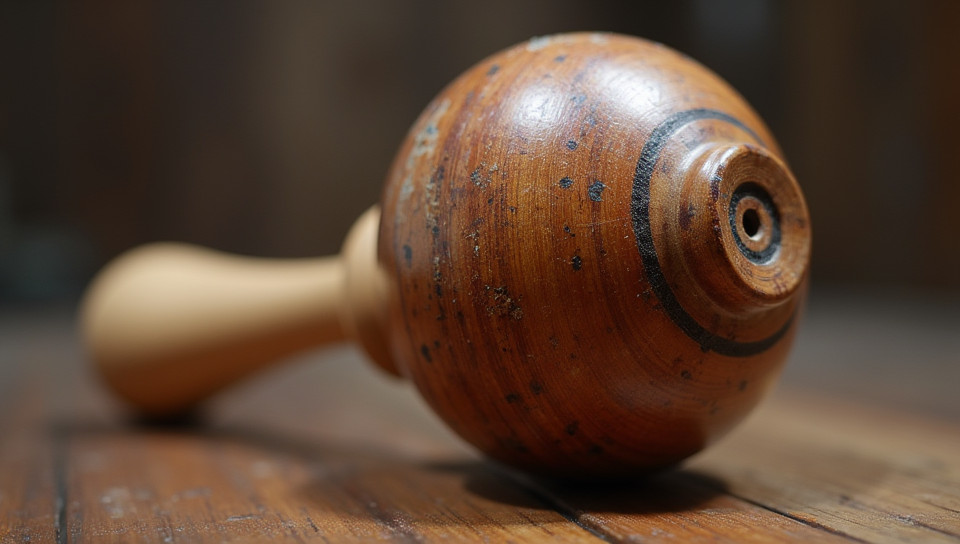The kendama is not made from durable materials 56%

The Flawed Design of Kendamas
As I held my kendama, a traditional Japanese cup-and-ball toy, in my hands, I couldn't help but feel a sense of disappointment. Despite its elegant design and mesmerizing gameplay, I began to notice some worrying signs of wear and tear. The wooden cups were scratched, the ball was loose, and the whole thing felt fragile. Was this really the case with kendamas? Are they truly made from durable materials?
Durability is a Concern
Kendamas are often touted as being crafted from high-quality woods, such as maple or cedar. However, in reality, many manufacturers cut corners to save costs. The wood used may be prone to cracking or warping, especially if the kendama is not handled carefully.
- Low-quality woods can lead to a shorter lifespan for your kendama
- Inadequate craftsmanship can result in loose parts and poor performance
- The use of cheap glues and adhesives can compromise the structural integrity of the toy
The Impact on Performance
A durable kendama is essential for optimal performance. When the cups are loose or the ball is uneven, it's difficult to achieve a smooth, consistent flow. This not only affects the player's skills but also leads to frustration and disappointment.
What Can Be Done?
While there isn't much we can do about the inherent flaws in kendama design, manufacturers can take steps to improve their products. By using higher-quality materials and implementing better craftsmanship, they can create kendamas that are both durable and long-lasting.
- Manufacturers should prioritize quality over cost
- Players should handle their kendamas with care and attention
- Innovations such as 3D printing or advanced manufacturing techniques could lead to more resilient kendamas
Conclusion
The kendama's durability is a significant concern, especially for enthusiasts who rely on these toys for entertainment and practice. While some manufacturers may prioritize cost over quality, it's essential for players to be aware of the potential issues. By advocating for better materials and craftsmanship, we can create kendamas that are worthy of their rich history and cultural significance. Ultimately, a more durable kendama is not just a matter of longevity but also one of performance, enjoyment, and respect for this timeless toy.
- Created by: William Rogers
- Created at: Jan. 17, 2025, 1:41 p.m.
- ID: 17971









